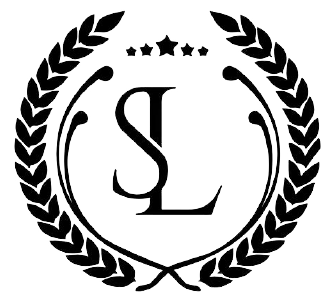What is the 1998 breast cancer stamp worth?
What is the 1998 breast cancer stamp worth?
The Breast Cancer Research Stamp currently costs 75 cents and is deemed valid as a 58-cent first-class stamp.
What is a 1998 first-class stamp worth?
Postal rates increased Sunday for the first time in four years, raising the cost of a first-class stamp from 32 to 33 cents.
How much money has the breast cancer stamp raised?
Stamp has raised $90 million for research since 1998 today announced the reauthorization of the Breast Cancer Research Stamp, a semi-postal stamp that directs 10 cents from every sale to fund breast cancer research.
How much are semipostal stamps worth?
Semipostal stamps, currently sold for 60-cents, are First-Class Mail (FCM) postage stamps that are issued and sold by the Postal Service at a price above the FCM single-piece one-ounce stamp rate (FCM rate) to raise funds for designated causes.
Can I use a first class stamp from 1998?
You can use them any time. Any combination of stamps may be used in meeting the postage requirements. You may think it looks “tacky” to have a variety of stamps on your envelope, but the Post Office encourages you to utilize all the stamps you have.
What is the value of the 2014 breast cancer stamp?
The current stamp, issued in 2014, sells for 65 cents each, which is 10 cents more than regular First-Class Mail stamps. The stamp price goes to help fund breast cancer research at the National Institute of Health and the Department of Defense’s Medical Research Program.
How much did it cost to send a first class letter in 1912?
The first four stamp denominations of 1, 2, 3 and 4 cents had vignettes that featured various postal workers who processed or delivered the mail.
What is the value of a 2014 breast cancer stamp?
Is a semipostal stamp a forever stamp?
Semipostal Stamps On December 16, 2010, the USPS announced all forthcoming commemorative stamps would be issued as forever stamps.
What is a semipostal stamp used for?
A semi-postal stamp or semipostal stamp, also known as a charity stamp, is a postage stamp issued to raise money for a particular purpose (such as a charitable cause) and sold at a premium over the postal value.
What is first class semipostal stamps?
The price of a semipostal stamp pays for the First-Class single-piece postage rate in effect at the time of purchase plus an amount to fund causes that have been determined to be in the national public interest. …
Are old stamps still usable?
Short answer: no, they never expire, even though postage rates are increasing in 2020! They are valid forever as long as they can be validated as legitimate postage. This means if you put an old stamp that looks stained and ratty on a letter with tape, it will likely be rejected.
What is the history of the breast cancer awareness stamp?
History and description. In 1996, the United States Postal Service Breast Cancer Awareness Stamp (the pink ribbon stamp at the then-current first class rate of 32 cents) was issued and did not sell well. The Breast Cancer Research Stamp was the idea of Ernie Bodai, MD, a breast surgeon.
How many breast cancer research stamps have been sold?
The Breast Cancer Research semipostal was issued July 29, 1998, in Washington, DC. As of the end of July 2021, more than 1.08 billion Breast Cancer Research stamps had been sold, bringing the total revenue raised to more than $92.8 million.
What is a B1 stamp for breast cancer?
#B1 – 1998 32c & 8c Breast Cancer Awareness. The Stamp Out Breast Cancer Act, which was signed into law on August 13, 1997, by President Bill Clinton, directed the Postal Service to create a special first class postage stamp. This issue could be priced at 25 percent above regular first class rates.
What is the DoD BCRP’s stamp out breast cancer program?
As a result of the Stamp Out Breast Cancer Act, the DOD BCRP is one of two designated recipients of revenues from sales of the US Postal Service’s Breast Cancer Stamp. The Stamp Out Breast Cancer Act (Public Law 105-41) resulted from the work of advocates for breast cancer research.
